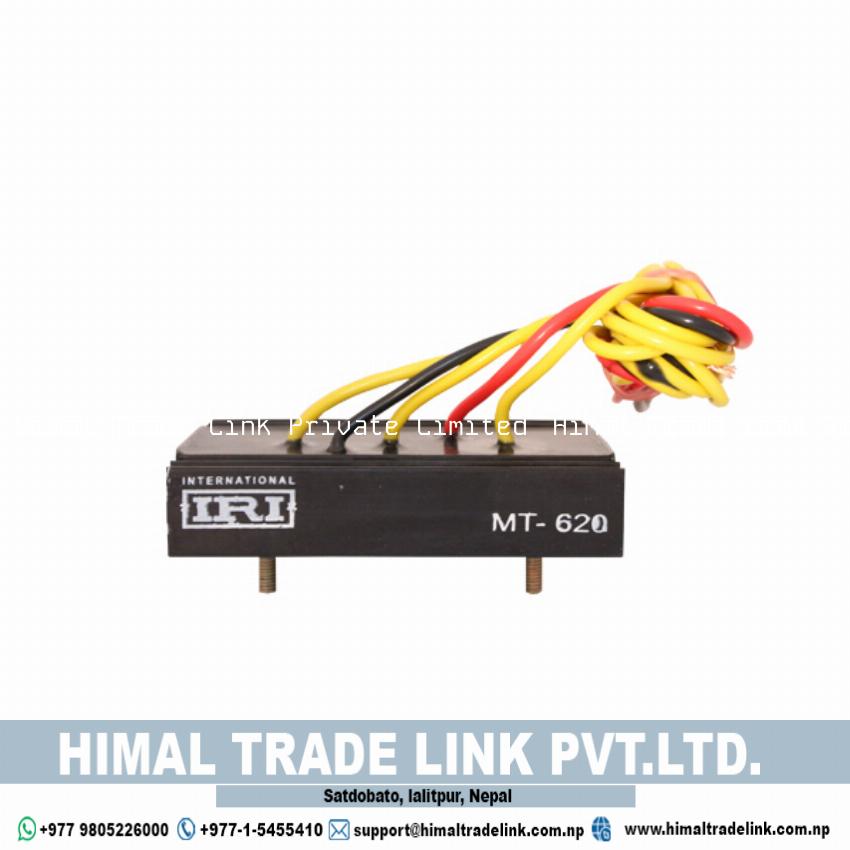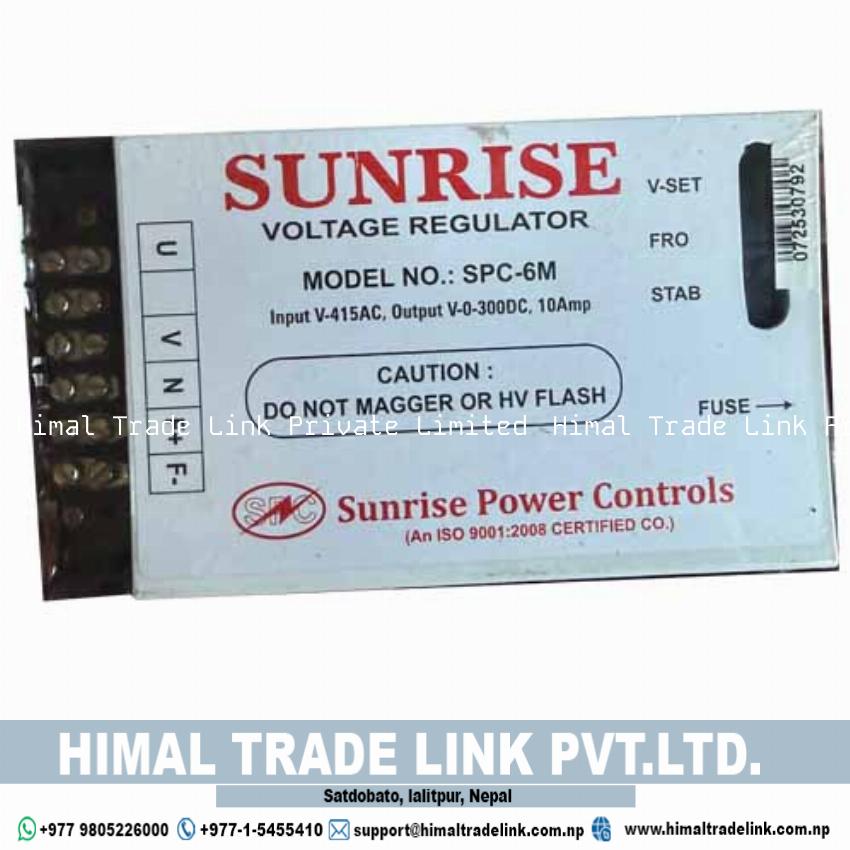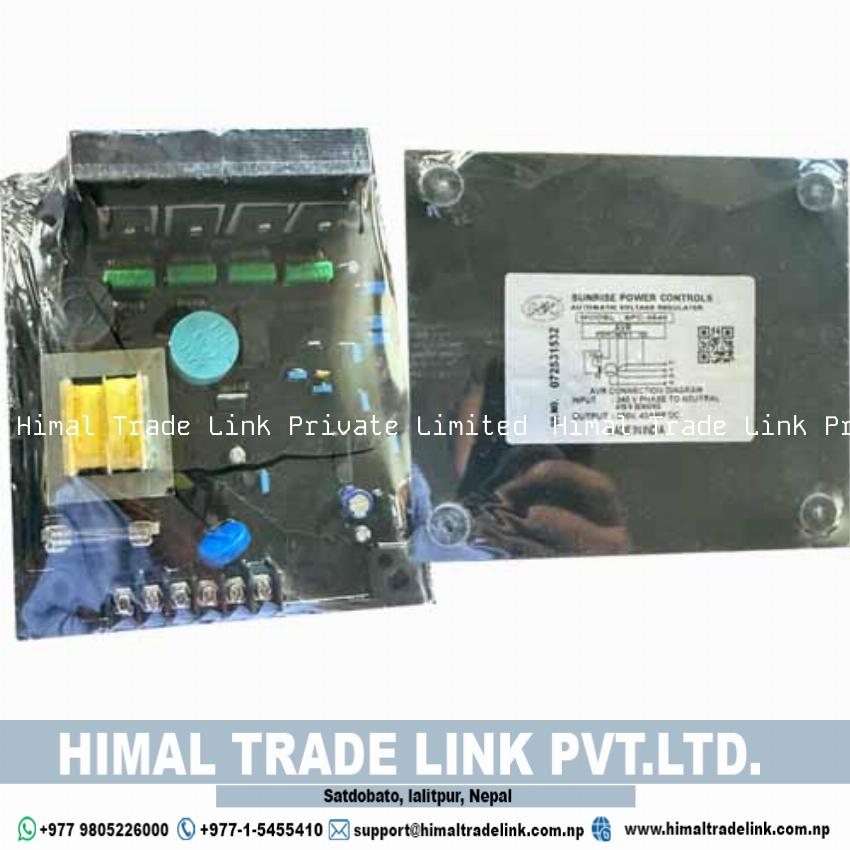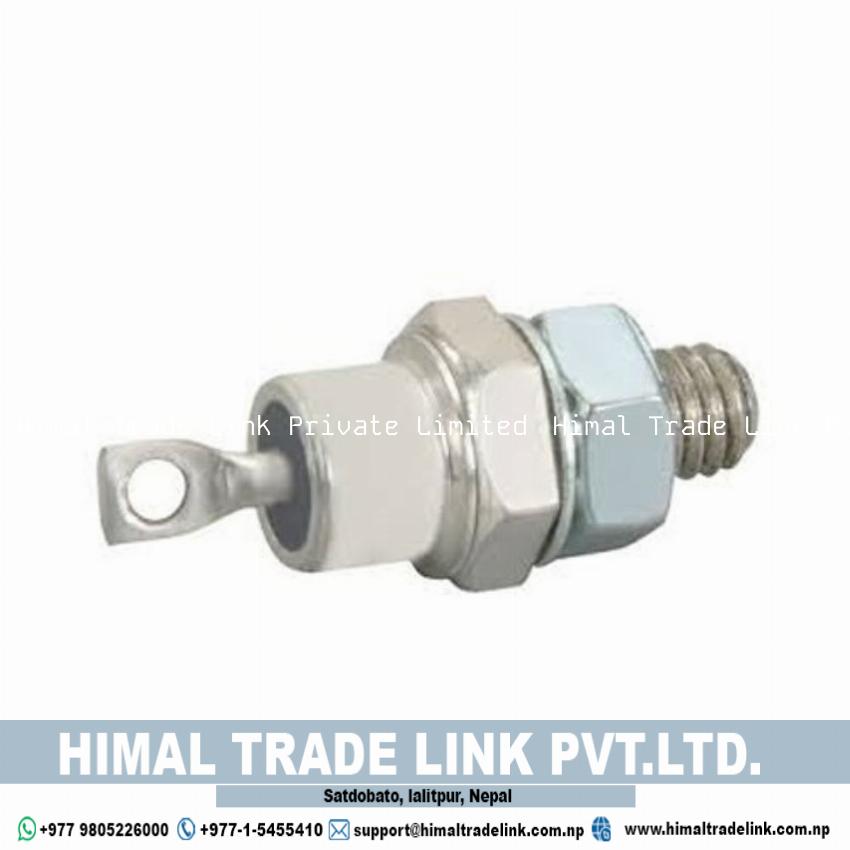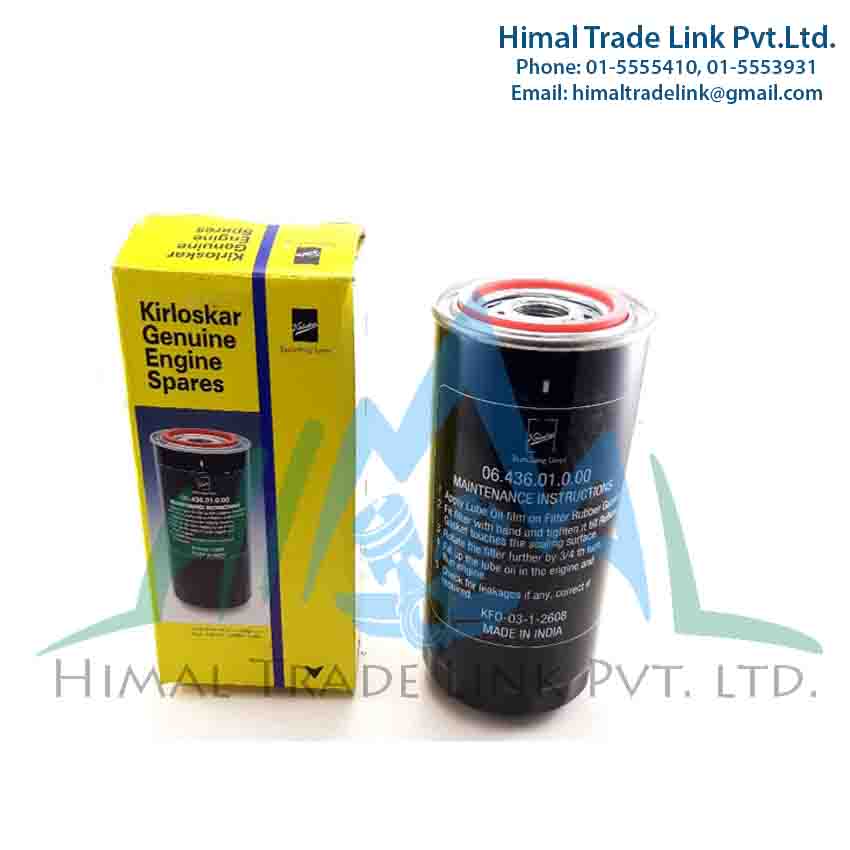A 12 Volt self-starter, commonly known as a starter motor, is an essential component in internal combustion engines, particularly in automobiles. Its primary function is to initiate the engine's operation by rotating the crankshaft until the engine begins to run on its own. Here's a detailed description of a 12 Volt self-starter:
### Components:
1. **Electric Motor:**
- Converts electrical energy from the battery into mechanical energy.
- Typically operates on 12 volts in standard automotive applications.
2. **Solenoid:**
- An electromechanical switch that engages the starter motor's pinion gear with the engine's flywheel.
- Controls the flow of current from the battery to the starter motor.
3. **Pinion Gear:**
- Engages with the flywheel's teeth to crank the engine.
- Designed to disengage automatically once the engine starts running.
4. **Bendix Drive:**
- A mechanism that ensures the pinion gear engages with the flywheel smoothly.
- Helps to disengage the pinion gear once the engine is running to prevent damage.
### Operation:
1. **Activation:**
- When the ignition switch is turned, it sends an electrical signal to the solenoid.
- The solenoid closes the circuit, allowing current to flow from the battery to the starter motor.
2. **Engagement:**
- The solenoid also pushes the pinion gear forward to mesh with the flywheel.
- The starter motor begins to spin, turning the flywheel and the crankshaft.
3. **Cranking:**
- The motor continues to crank the engine until it starts.
- Once the engine starts, the solenoid disengages the pinion gear from the flywheel.
4. **Disengagement:**
- The motor stops receiving electrical power, and the pinion gear retracts.
- The engine runs independently, driven by the combustion process.
### Features:
- **Voltage Compatibility:** Designed for 12-volt systems, common in most vehicles.
- **Durability:** Made to withstand high torque and the harsh conditions within an engine bay.
- **Reliability:** Essential for the vehicle's starting system, typically expected to function flawlessly over many cycles.
### Applications:
- Primarily used in automobiles, motorcycles, and some boats.
- Also found in some machinery and equipment that use internal combustion engines.
### Maintenance Tips:
- Ensure the battery is in good condition and fully charged.
- Regularly check and clean electrical connections to prevent corrosion.
- Listen for unusual noises during starting, which could indicate wear or damage to the starter motor or associated components.
A well-maintained 12 Volt self-starter ensures reliable engine starting, which is crucial for the overall performance and reliability of your vehicle.
### Components:
1. **Electric Motor:**
- Converts electrical energy from the battery into mechanical energy.
- Typically operates on 12 volts in standard automotive applications.
2. **Solenoid:**
- An electromechanical switch that engages the starter motor's pinion gear with the engine's flywheel.
- Controls the flow of current from the battery to the starter motor.
3. **Pinion Gear:**
- Engages with the flywheel's teeth to crank the engine.
- Designed to disengage automatically once the engine starts running.
4. **Bendix Drive:**
- A mechanism that ensures the pinion gear engages with the flywheel smoothly.
- Helps to disengage the pinion gear once the engine is running to prevent damage.
### Operation:
1. **Activation:**
- When the ignition switch is turned, it sends an electrical signal to the solenoid.
- The solenoid closes the circuit, allowing current to flow from the battery to the starter motor.
2. **Engagement:**
- The solenoid also pushes the pinion gear forward to mesh with the flywheel.
- The starter motor begins to spin, turning the flywheel and the crankshaft.
3. **Cranking:**
- The motor continues to crank the engine until it starts.
- Once the engine starts, the solenoid disengages the pinion gear from the flywheel.
4. **Disengagement:**
- The motor stops receiving electrical power, and the pinion gear retracts.
- The engine runs independently, driven by the combustion process.
### Features:
- **Voltage Compatibility:** Designed for 12-volt systems, common in most vehicles.
- **Durability:** Made to withstand high torque and the harsh conditions within an engine bay.
- **Reliability:** Essential for the vehicle's starting system, typically expected to function flawlessly over many cycles.
### Applications:
- Primarily used in automobiles, motorcycles, and some boats.
- Also found in some machinery and equipment that use internal combustion engines.
### Maintenance Tips:
- Ensure the battery is in good condition and fully charged.
- Regularly check and clean electrical connections to prevent corrosion.
- Listen for unusual noises during starting, which could indicate wear or damage to the starter motor or associated components.
A well-maintained 12 Volt self-starter ensures reliable engine starting, which is crucial for the overall performance and reliability of your vehicle.




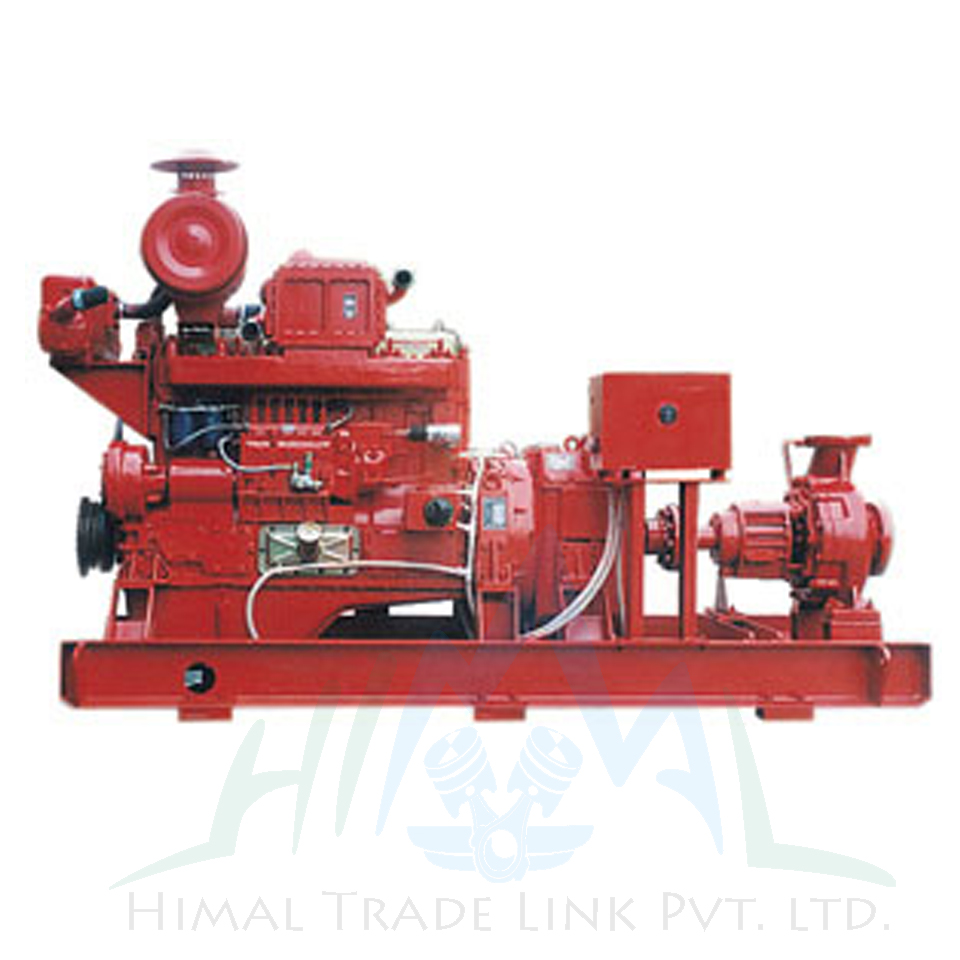
.jpg)
